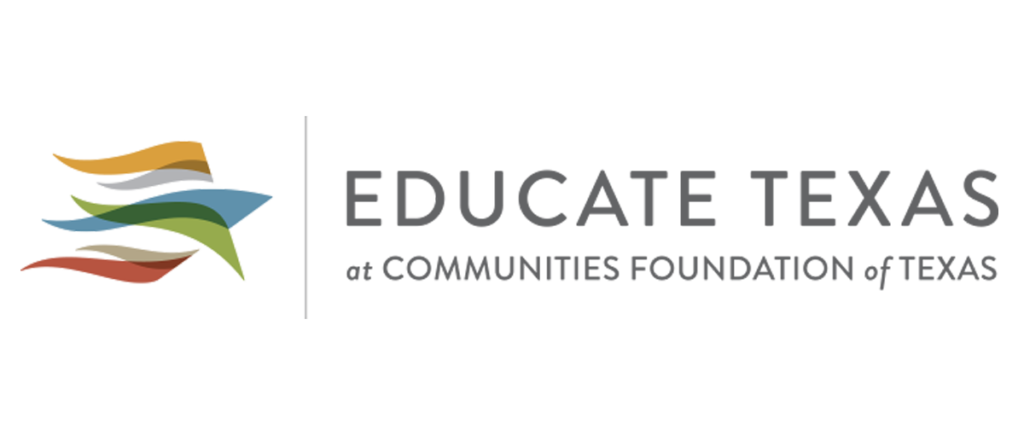Educate Texas Strategic Planning and Facilitation for Dual Enrollment Pathways: Strengthening Student Participation in Education and Healthcare Pathways.
Services: Community Engagement, Research and Analytics, Workforce Development
Focus Areas: K-12 Education, Postsecondary Education
Staff: Andy, Theresa, Kelsey
In summer 2024, Kinetic West was asked by our longstanding partner the Communities Foundation of Texas to investigate the current landscape of dual enrollment programs (programs that allow high schoolers to enroll in college-level courses and earn college credit before graduation) across the Rio Grande Valley region. We did this work in partnership with two educational strategy leaders for the Rio Grande area:
Educate Texas Rio Grande Valley Focus initiative (RGV Focus), a collective impact initiative that aims to transform college readiness, access and success in the Rio Grande Valley.
The Region 1 Education Service Center (ESC 1), which assists school districts across the Rio Grande Valley in improving student performance, implementing strategic initiatives, and identifying more efficient ways to operate.
The goal of the project was to understand the current dual enrollment environment and identify next steps for how to increase dual enrollment participation among high school students in the region. We worked with RGV Focus and the Region 1 ESC to narrow our focus to two occupational fields – education and healthcare – and the dual enrollment opportunities connected to those pathways. With a clear focus that all stakeholders agreed to, we were ready to start the landscape analysis and build the final deliverable – the strategic plan.
Landscape Analyses are tools that clarify the successes, challenges and barriers existing in the focus area. For this analysis, Kinetic West used a mix of quantitative and qualitative data to create the most nuanced understanding of the Rio Grande Valley. We started by collecting and analyzing dual enrollment participation data from 4 participating community and technical colleges. Centralized data on dual enrollment at the school district level was not available, so we partnered with ESC 1 to create a survey to gather this information from 44 participating school districts. This provided us with the quantitative data needed to understand overall dual enrollment participation and availability of education and healthcare dual enrollment pathways.
For qualitative data collection, Kinetic West conducted interviews with 6 local employers, 7 partner organization members and Career and Technical Education (CTE) directors and principals from 6 school districts. We also facilitated a focus group with community college partners to understand the challenges they faced with dual enrollment. The qualitative data helped us understand more of the “why” behind the dual enrollment student numbers. For example, one of the community college partners shared how dual enrollment is challenged in rural areas of the Rio Grande Valley noting, “some smaller school districts’ students may have need, but the school is too small to send an instructor or will not work online. So how do you pay for transportation time. How do we provide opportunity for smaller school districts?”
With the research phase complete, we combined both the qualitative and quantitative information into a comprehensive understanding of the Rio Grande Valley’s dual enrollment landscape. Seeing the most complete picture made it clear that gaps in enrollment data and a lack of centralized data sharing systems for dual enrollment metrics were making it hard for education partners to know exactly how many students are enrolled in specific dual enrollment pathways like healthcare and education. Additionally, misaligned incentives and systemic differences between K-12 and community colleges were causing friction in approaches to dual enrollment, with some school districts opting to focus on general pathways and third-party trainers for their programs, rather than partner with local community colleges.
With the understanding from the landscape analysis in hand, we were ready to start work on the final deliverable, creating the strategic plan to guide our partners toward improving dual enrollment outcomes. This was a collaborative effort, starting with a full-day in-person workshop in Texas to test the draft goals for the plan and gather feedback on potential strategies. This helped us accomplish two important things – 1) ensure the final goals and strategies in the plan made sense to the people who would be implementing the work on the ground; and 2) build ownership of the plan with our partners.
Using the input from the workshop, Kinetic West was able to draft the final strategic plan, including an implementation guide with specific strategies partners could follow to meet their goals for increasing dual enrollment. By collaborating with partners Educate Texas, RGV Focus and ESC 1, Kinetic West was given an incredible opportunity to support students in leading successful academic careers and improving outcomes around dual enrollment in the Rio Grande Valley area. Through successful implementation of the strategic plan, we are proud to have supported these initiatives and organizations in achieving their goals of improving student outcomes in their region. We look forward to continuing our work with Educate Texas and would welcome the opportunity to collaborate with other regional collective impact initiatives focused on improving student outcomes.


